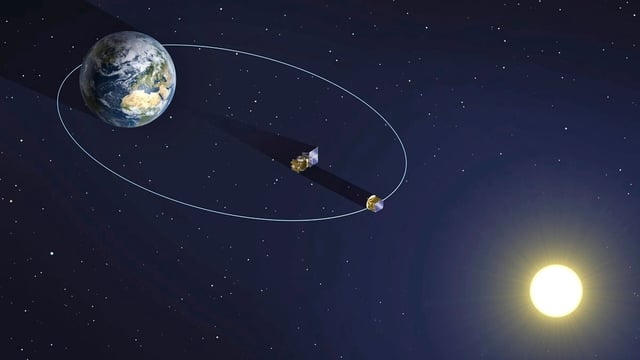Overview
- Proba-3's Coronagraph and Occulter satellites autonomously maintained a 150-metre formation with millimetre-level accuracy, a world-first achievement in space technology.
- The mission creates artificial solar eclipses by aligning the Occulter to block the Sun, enabling extended observation of the Sun’s corona for up to six hours.
- Advanced onboard technologies, including laser-based metrology and autonomous guidance algorithms, made this precision formation flying possible without ground control.
- The spacecraft operate in a highly elliptical orbit, minimizing gravitational disturbances and propellant use while enabling repeated formation cycles.
- Proba-3's success demonstrates critical technologies for future multi-satellite missions in Earth observation, satellite servicing, and astrophysics.

